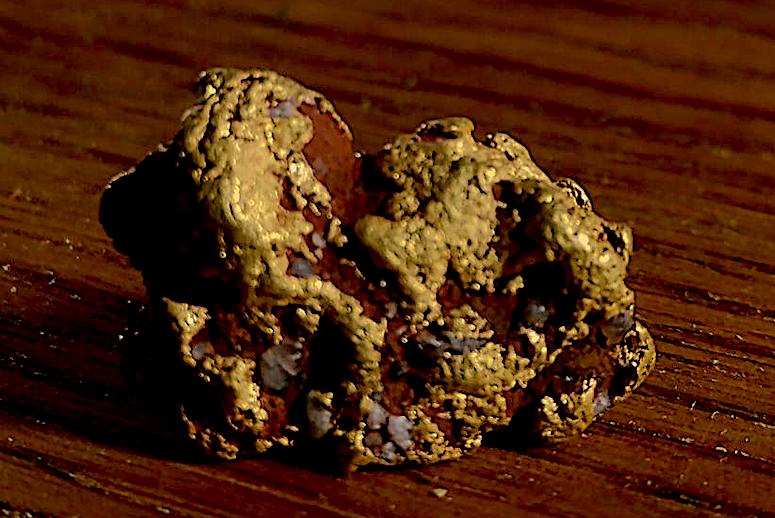
From the pre-colonial era until today, gold mining has been a vital industry for Tanzania. It has a major influence on its cultural and economic environment.
Today Tanzania is producing 45 tons of gold per year on average. It’s Africa’s 8th largest gold producer, and its mining industry contributes to more than 50% of its total export revenue. The golden metal remains one of the top exports, bringing in around $2.5 billion annually. The mining sector is well known for its potential to create jobs and develop the country’s economy.
This article will look at its indigenous origins, the colonial era in the country, and the past and present of gold mining in Tanzania.
The Origins of Gold Mining in Tanzania
Since gold mining began in Africa, most attention has been focused on its northern and western parts. Eastern Africa, including Tanzania, may not have a long gold mining history; it holds a significant connection with the gold trade. The ancient city of Kilwa in Tanzania is one of Africa’s oldest cities, dating back to medieval times, and it was a major trading center for gold. Inhabited by Mawera people and Arab and Persian settlers, this glorious city was once the hub of gold trade in Africa.
In Tanzania (known as Tanganyika in colonial times), gold mining was limited to small-scale mining done by individual prospectors. Most of the resources remained untapped until the end of the 19th century when major colonial powers started to explore the country.
Colonial Era in Tanzania
In 1894, a group of prospectors discovered gold along Lake Victoria’s shore in Africa. The discovery was made on the Kenyan coast, prompting exploration in Tanganyika’s coastal areas. German colonizers established the first mining camp, which later became Sekenke mine, and became a focal point for all gold prospecting activities.
Sekenke Mine began operating in 1909 and remained operational for 34 years. It was the single most productive gold mine at that time. Its gold was used to produce coins to pay German troops during World War I.
The golden age of gold mining in Tanganyika started in the late 1920s. New mining sites were established, and the gold mining industry prospered. Many British and South African investors rushed to join the market by 1930.
Kirondatal mine was opened in the Shinyanga region in 1934. It served until 1950 and produced over 7000 ounces of gold during its operation, playing a major role in funding for World War II.
A British-sponsored mining company Tanganyika Concessions Limited opened the Geita Gold mine on the southern coast of Lake Victoria. It started operating in 1937, and by 1938, Geita was crushing 500 tons of ore each day. It lay dormant after 1960 due to financial issues but was revived in 2000 and is still operating under the ownership of AngloGold Ashanti.
After four glorious decades of gold mining in Tanzania, the industry faced a significant decline in the mid-1960s. There were several reasons, including a drop in gold prices and increased political activity on the continent.

Post-independence Era in Gold Mining in Tanzania
Tanzania achieved independence from Britain in 1961, and the new government nationalized the mining industry. Until then, only big corporates were gaining the benefits of gold, and revenues never reached the general public. The Tanzanian government took the initiative to open up artisanal and small-scale gold mining to distribute the profits at a grassroots level.
Mining Act 1979 allowed small-scale permits to mine in areas that did not require a large-scale operation. It was an important step in developing the sector, but it also led to the rise of illegal mining and smuggling. The small-scale mining industry also exploited miners, and many switched to artisanal mining in remote regions.
The late 1980s bought the era of privatization in Tanzania. Industrial reforms encouraged foreign direct investment (FDI) and resulted in major mining companies such as Samax Resources and Barrick Gold.
By the end of the decade, all of the operational mines had been privatized. New gold mines, including Golden pride, Bulyanhulu, North Mara, and Buzwagi, were opened in the next decade, earning millions of dollars.
Gold Mining in Tanzania Today
Tanzania is ranking better and better in the global gold mining sector every year. In 2018, total production was 39.3 tons, but it increased by 25% to 48.4 tons by 2019. Tanzania also opened its first smelting plant in 2021 in Mwanza.
The country is banking on the gold mining industry to create jobs and improve livelihoods for locals. But Tanzania still has a long way to go in terms of safety and illegal mining, which result in unfortunate disasters and fatalities, as seen in 2019’s Bulyanhulu gold mine accident, which killed 19 people.
To reduce risks, the country introduced new legal requirements and aggressively promoted FDI attraction, tax incentives, and technical assistance.
